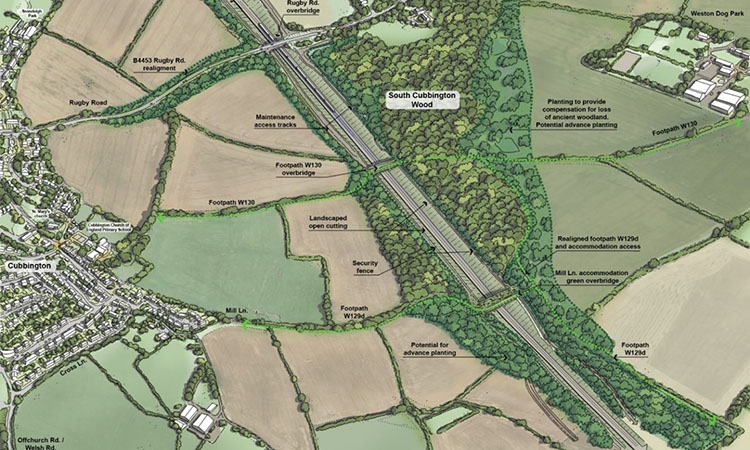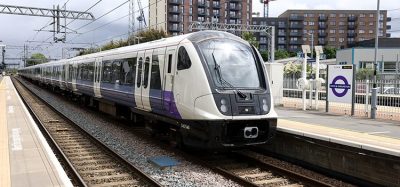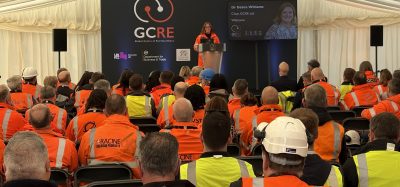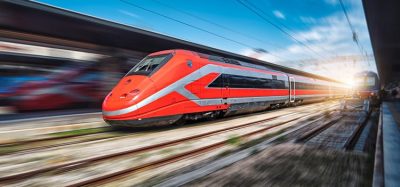HS2 release environmentally friendly design update for Cubbington
Posted: 26 April 2022 | Elliot Robinson (Editorial Assistant - Global Railway Review) | No comments yet
HS2’s design update for Cubbington includes new landscaped slopes and green bridges that will provide habitats and connections for wildlife.


Credit: HS2 - The updated designs for Cubbington
HS2’s designers and construction contractors have released updated, more environmentally friendly designs for the Cubbington Area in Warwickshire, reducing the materials and time needed for construction. Replacing the previous concrete retaining walls, this section of the railway will now run in a V-shaped open cutting with grass slopes on the embankments and with green bridges for both wildlife and the local community.
The new designs raise the high-speed rail line by around two metres, avoiding the need to excavate 150,000 cubic metres of soil, the equivalent of 60 Olympic-sized swimming pools. It also means 60,000 cubic metres less concrete, and steel is needed in construction, cutting the project’s carbon footprint. That is the equivalent of around 8,500 HGV movements, and less heavy machinery will be required to construct the railway in this location.
A key feature of the design includes the construction of two green overbridges, connecting existing footpaths for people to access local woodland areas. Native grassland and hedgerows will be planted on the bridges, creating wildlife crossings and habitats for invertebrates, bats, birds, and reptiles.
In addition, HS2’s construction partner, Balfour Beatty VINCI Joint Venture, and their environmental partners are planting approximately 12 hectares (equivalent to just over 10 football pitches) of woodland near South Cubbington Wood and around a further 18 hectares (about the area of 15 football pitches) of trees across the wider Cubbington area.
“From the beginning, our vision for HS2 has always been to leave the environment surrounding the route in the same condition, if not better, than we found it and build a cleaner and greener transport future,” Andrew Stephenson, HS2 Minister, said. “This project embodies that vision, reducing carbon equivalent of taking 8,500 HGVs off local roads, moulding our designs to ensure wildlife thrives alongside the new tracks and ensuring residents can continue to enjoy the rich nature forestry surrounding their village.”
“As we continue to develop the detailed design of the railways, it’s crucial that we look for ways to improve environmental features and enhance the local landscape,” Steve Fancourt, Senior Landscape Design Manager for HS2, said. “The introduction of grass seeded cutting slopes in this locality, paired with the construction of two ‘green’ overbridges, will provide increased crossing opportunities for local wildlife and preserve pre-existing footpath connectivity to the Cubbington woodland for local communities.”
“Wherever we operate, we work tirelessly to reduce the impact of our work on both the local community and the environment,” Julia Baker, Biodiversity Lead for BBV, said. “We have created a solution which reduces our carbon footprint and provides habitats for wildlife and green connections for people in the local area.”







